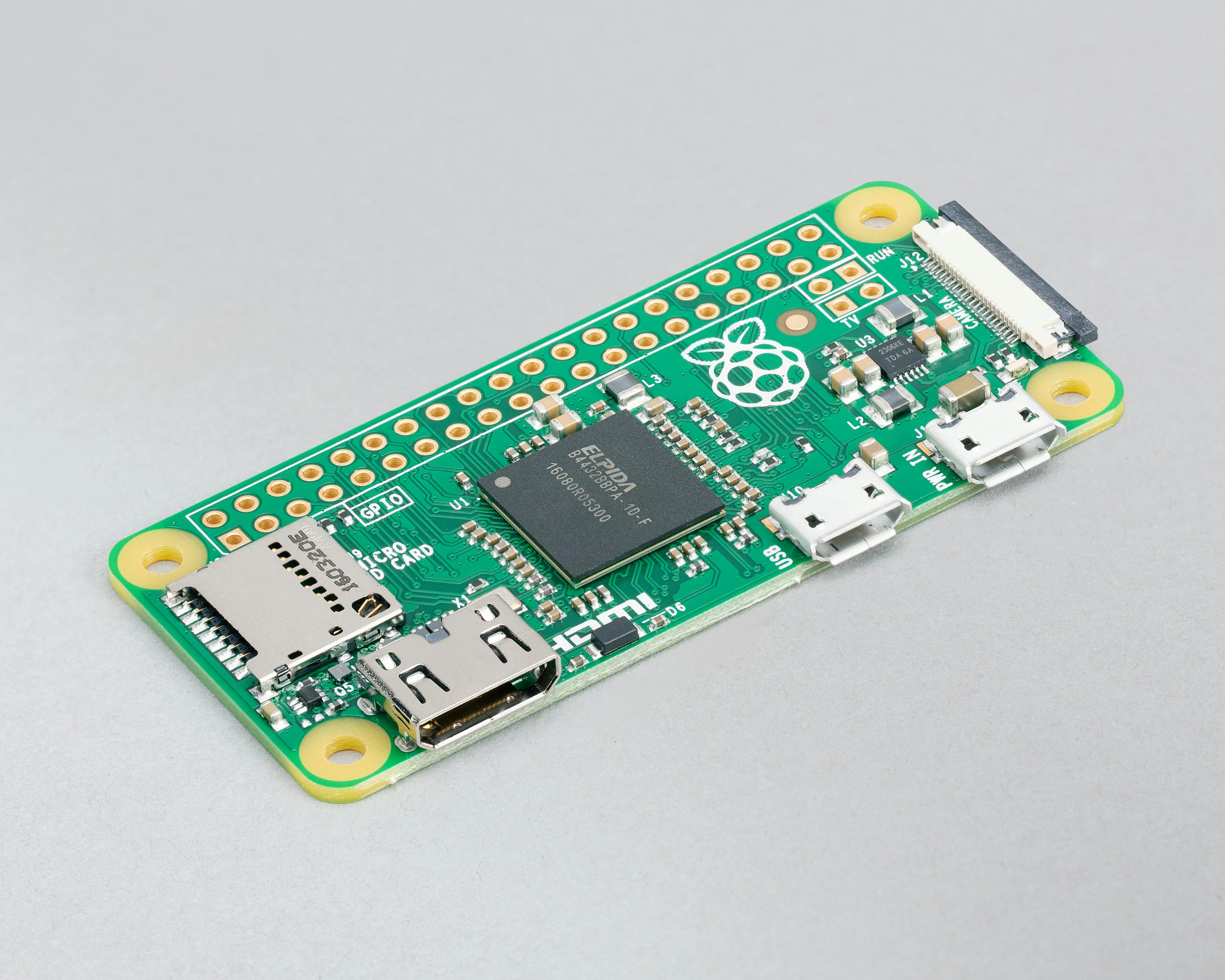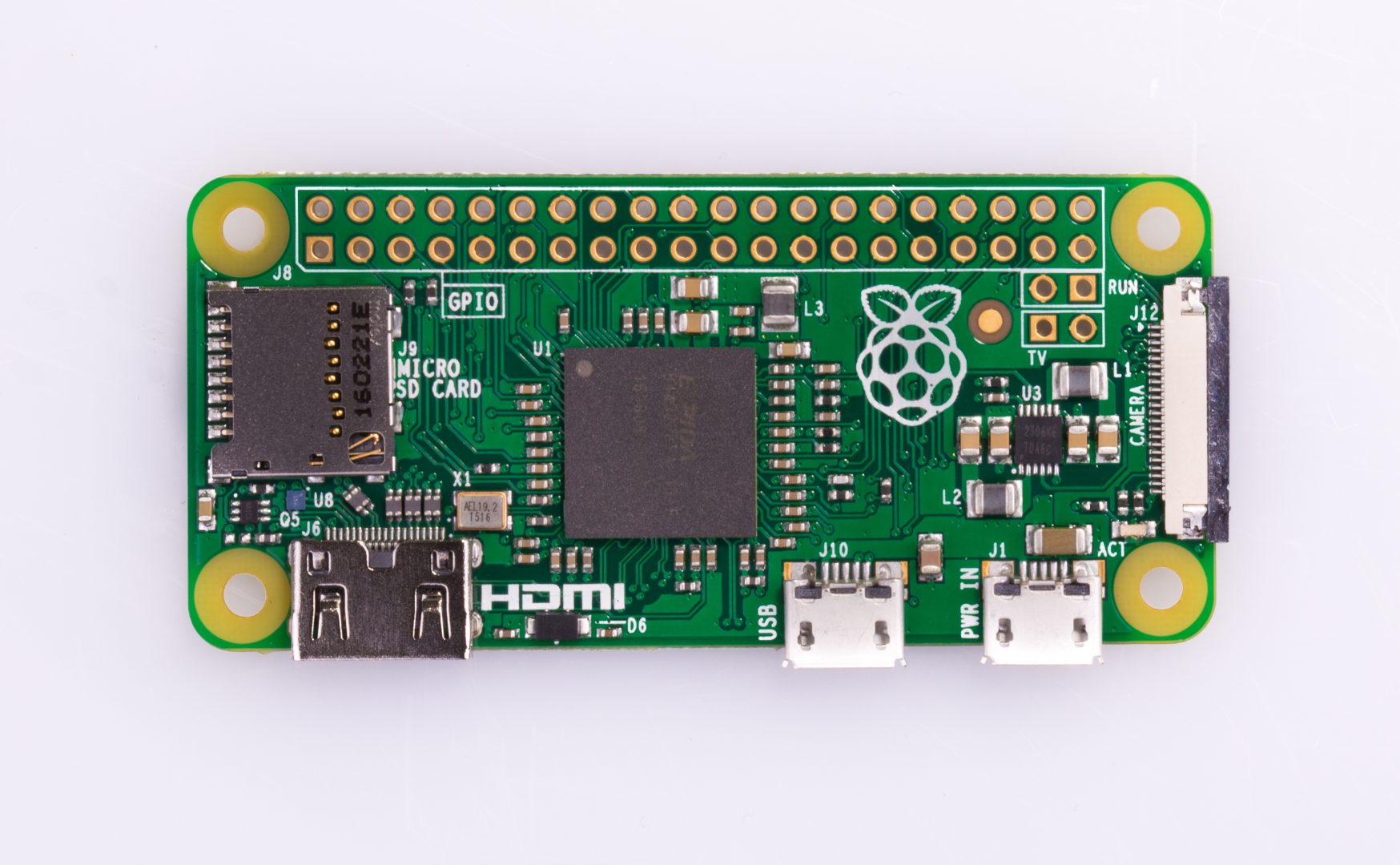How To Access Raspberry Pi Remotely From Different Network On Windows 10
Hey there, tech enthusiasts! If you're reading this, chances are you've been scratching your head trying to figure out how to access your Raspberry Pi remotely from a different network using Windows 10. Well, you’re not alone, my friend. This is one of those “must-know” skills for anyone who loves tinkering with their Pi or wants to run headless setups without being tied down to the same local network. Let’s dive right into it because trust me, once you get the hang of it, it’s like magic!
Accessing Raspberry Pi remotely from different networks isn’t just about convenience—it’s also about unlocking its full potential. Imagine being able to control your home automation system, access files stored on your Pi, or even monitor security cameras while you’re miles away. Sounds cool, right? But before we get into the nitty-gritty, let’s lay the groundwork so you understand exactly what we’re dealing with here.
This guide is packed with step-by-step instructions, tips, and tricks to help you set up remote access securely and efficiently. Whether you’re a beginner or an advanced user, there’s something here for everyone. So grab your favorite beverage, sit back, and let’s make this happen!
- Short Wedge Haircuts For Over 70 Embrace Your Style With Confidence
- Hair Designs For Females Unleash Your Inner Style Icon
Table of Contents:
- Why Remote Access Matters
- Pre-requisites for Setting Up
- Setting Up SSH on Your Raspberry Pi
- Port Forwarding: The Gateway to Remote Access
- Using PuTTY for Secure Connections
- Dynamic DNS: Solving IP Address Issues
- Setting Up VNC for GUI Access
- Ensuring Secure Connections
- Common Issues and Troubleshooting
- Wrapping It All Up
Why Remote Access Matters
Alright, first things first—why would you even want to access your Raspberry Pi remotely from a different network? Well, the answer is simple: freedom and flexibility. Picture this—you’re at work, and suddenly you remember that you forgot to update your smart home scripts on your Pi. With remote access, you can hop on, make the changes, and save yourself the hassle of driving back home. Or maybe you want to stream some media files stored on your Pi’s storage while chilling at a coffee shop. See where I’m going with this?
Remote access isn’t just about convenience, though. It’s also about expanding the capabilities of your Raspberry Pi. By setting it up correctly, you can turn your tiny device into a powerhouse that can be accessed from anywhere in the world. But here’s the deal—you need to do it securely, and that’s where this guide comes in handy.
- Movierulz Pz Songs Your Ultimate Destination For Latest Movie Tracks
- Why Movierulz Rangasthalam Telugu 2018 Is Still A Big Deal In The Streaming World
Pre-requisites for Setting Up
Before we dive into the steps, let’s quickly go over what you’ll need to get started:
- A Raspberry Pi with Raspbian OS installed (or any other compatible OS).
- A stable internet connection on both your local network and the remote location.
- A Windows 10 PC with PuTTY and VNC Viewer installed (we’ll cover these tools later).
- Your router’s admin credentials for setting up port forwarding.
- A Dynamic DNS service account (optional but highly recommended).
Got all that? Great! Now let’s move on to the actual setup process.
Setting Up SSH on Your Raspberry Pi
SSH, or Secure Shell, is your best friend when it comes to remote access. It allows you to connect to your Pi’s command-line interface securely. Here’s how you enable SSH on your Raspberry Pi:
Step 1: Enable SSH
Log into your Raspberry Pi via your local network and open the terminal. Type the following command:
sudo raspi-config
Navigate to “Interfacing Options” > “SSH” > “Enable.” That’s it! SSH is now active on your Pi.
Step 2: Find Your Pi’s IP Address
To access your Pi remotely, you’ll need its local IP address. You can find this by typing:
hostname -I
Make a note of the IP address—it’ll come in handy later.
Port Forwarding: The Gateway to Remote Access
Now that SSH is enabled, it’s time to open the doors for external access. Port forwarding is the key to letting your Pi communicate with devices outside your local network. Here’s how you set it up:
Log into your router’s admin panel (usually by typing its IP address in a browser). Look for the “Port Forwarding” section and add a new rule. Use the following settings:
- Service Name: SSH
- External Port: 22
- Internal IP Address: Your Pi’s local IP address
- Internal Port: 22
Save the changes and restart your router if necessary. With port forwarding set up, your Pi is now accessible from the outside world.
Using PuTTY for Secure Connections
PuTTY is a free and easy-to-use SSH client for Windows. Here’s how you connect to your Pi using PuTTY:
Step 1: Download and Install PuTTY
Head over to the official PuTTY website and download the installer. Run it on your Windows 10 PC.
Step 2: Connect to Your Pi
Open PuTTY and enter your Pi’s external IP address in the “Host Name” field. Set the port to 22 and select “SSH” under Connection Type. Click “Open” to establish the connection.
You’ll be prompted to log in using your Pi’s username and password. Once logged in, you’ll have full access to your Pi’s terminal.
Dynamic DNS: Solving IP Address Issues
Here’s the thing—your external IP address can change periodically, which makes remote access tricky. That’s where Dynamic DNS (DDNS) comes in. DDNS services like No-IP or DuckDNS assign a static domain name to your changing IP address, ensuring you always have a reliable way to reach your Pi.
Sign up for a DDNS service, install their client on your Pi, and configure it to update your domain name whenever your IP changes. Problem solved!
Setting Up VNC for GUI Access
If you prefer working with a graphical user interface (GUI), VNC is your go-to solution. Here’s how you set it up:
Step 1: Install VNC Server on Your Pi
Run the following commands on your Pi:
sudo apt update
sudo apt install realvnc-vnc-server realvnc-vnc-viewer
Enable VNC through the Raspberry Pi Configuration tool:
sudo raspi-config
Go to “Interfacing Options” > “VNC” > “Enable.”
Step 2: Connect Using VNC Viewer
Download and install the VNC Viewer app on your Windows 10 PC. Enter your Pi’s external IP address or DDNS domain name and log in using your Pi’s credentials. Voila! You’re now controlling your Pi’s GUI from anywhere.
Ensuring Secure Connections
Security should always be a top priority when setting up remote access. Here are a few tips to keep your Pi safe:
- Use strong, unique passwords for your Pi and router.
- Enable two-factor authentication wherever possible.
- Restrict access to specific IP addresses using firewall rules.
- Keep your Pi’s software up to date to patch vulnerabilities.
By following these best practices, you can enjoy the benefits of remote access without compromising your security.
Common Issues and Troubleshooting
Even with the best-laid plans, things can go wrong sometimes. Here are a few common issues and how to fix them:
Issue 1: Can’t Connect via SSH
Make sure SSH is enabled on your Pi and that port forwarding is correctly configured on your router. Double-check your external IP address and ensure no firewalls are blocking the connection.
Issue 2: VNC Connection Fails
Verify that the VNC server is running on your Pi and that the necessary ports (default is 5900) are forwarded on your router. Also, ensure that your DDNS service is functioning properly.
Issue 3: Slow Connection Speeds
If your connection feels sluggish, try optimizing your network settings or using a faster internet connection. You might also want to disable unnecessary services on your Pi to free up resources.
Wrapping It All Up
And there you have it—a comprehensive guide to accessing your Raspberry Pi remotely from a different network on Windows 10. Whether you’re using SSH for command-line access or VNC for GUI control, the process is straightforward once you know the steps.
Remember, security is paramount, so always take the necessary precautions to protect your Pi from unauthorized access. And don’t forget to test everything thoroughly before relying on it for critical tasks.
If you found this guide helpful, feel free to drop a comment below or share it with your fellow Pi enthusiasts. Who knows? You might just inspire someone else to take their Raspberry Pi projects to the next level!
- Watch Movierulz Rx 100 Full Movie The Ultimate Guide For Film Buffs
- Funky Hairdos The Ultimate Guide To Unleashing Your Inner Rock Star

How To Access Raspberry Pi Remotely From A Different Network On Windows

How To Access Raspberry Pi Remotely From Anywhere On Windows 10 A

How To Access Raspberry Pi Remotely From Anywhere On Windows 10 A